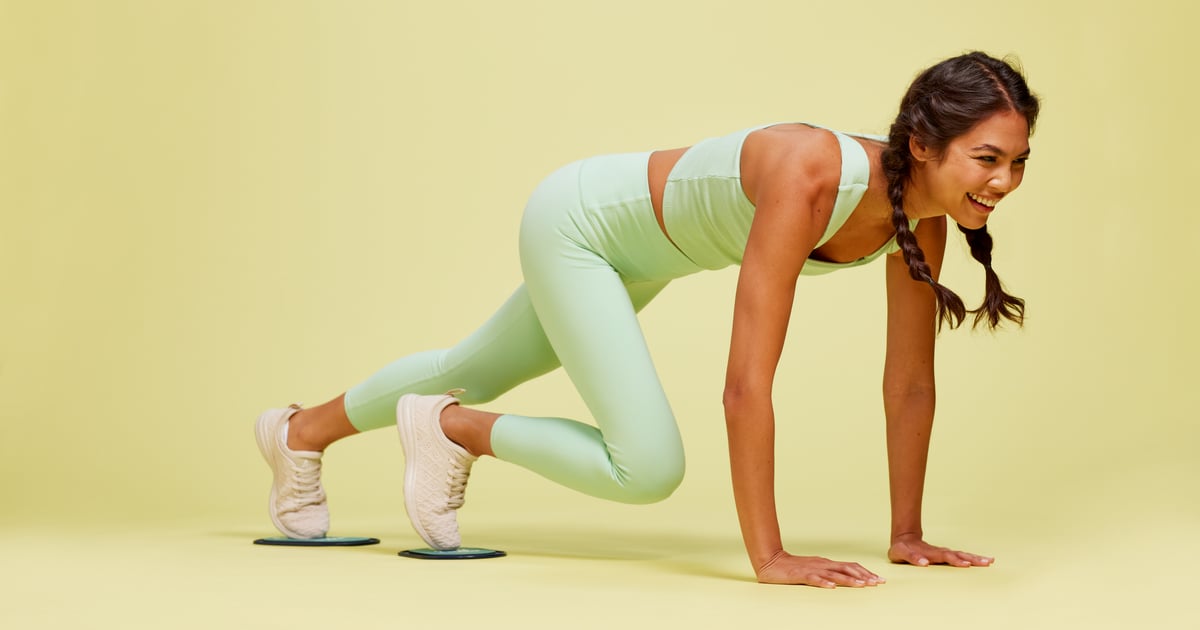Obsessed with reformer Pilates? Same. Though the workout itself is about a century old, it’s risen in popularity in recent years thanks to its transformative capabilities without putting major stresses on the body or mind.
The Pilates reformer is a piece of equipment that typically includes a frame, a platform with springs, a sliding carriage, ropes, and pulleys. In the words of SALT Pilates founder Betsy Blumenfeld, it’s “an amazing piece of equipment that enhances and assists the original Pilates mat work.” It’s why so many enthusiasts have flocked to reformer classes across the globe. “The spring tension [of the machine] adds additional challenge or support to each exercise,” she says.
But this isn’t an option you can find on the cheap — reformer workouts in Pilates studios are incredibly expensive, with some locations only offering private training for upwards of $100 or more per session, depending on where you live. A good at-home reformer can cost anywhere from a few hundred dollars to well over the cost of a Peloton, and not everyone has the space.
With that in mind, you don’t need a reformer. “Pilates originally began with mat work,” Blumenfeld explains, “So it is easy to efficiently and effectively do Pilates without any equipment — but you can always kick things up with certain tools at home to recreate the ‘reformer experience.’ The options for creative mat work without apparatuses is endless!”
That’s the good news. Even better? Pilates instructors have shared many of those tools on social media, making it easy for you to mimic reformer Pilates exercises at home, depending on what you have available. Ahead, eight of those options, so you can feel all the incredible benefits of Pilates, no matter your budget.
Just remember: “Pilates is all about the connection of your body and your brain,” Blumenfeld says. “The more controlled and precise you are with your movements, the better they work — with or without props!”
